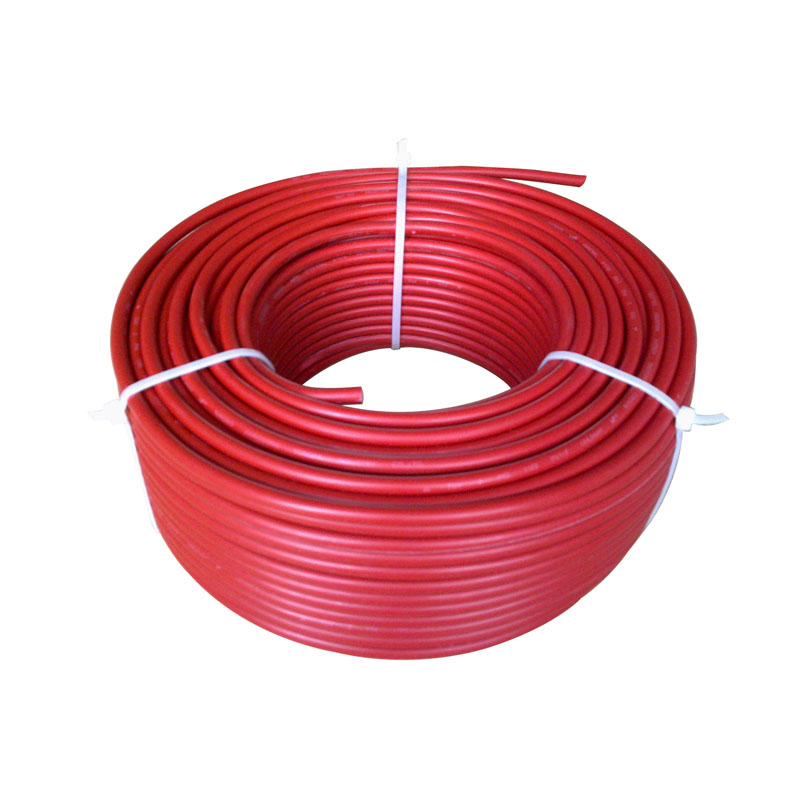Navigating the Electrical Landscape: Unraveling the Factors Behind Voltage Drop in Circuits
2024-01-30
Introduction:
In the intricate web of electrical circuits, maintaining a stable voltage is crucial for the seamless operation of devices and systems. However, voltage drop is a phenomenon that can compromise the efficiency and performance of electrical circuits. In this blog, we will explore the various factors that contribute to voltage drop, shedding light on the challenges faced by engineers and electricians in ensuring a consistent and reliable flow of electrical power.
1. Resistance:
The primary culprit behind voltage drop is resistance. As electrical current flows through conductors such as wires, resistive forces impede the smooth movement of electrons. This resistance generates heat and results in a drop in voltage across the length of the conductor. The longer the conductor, the higher the resistance, leading to more pronounced voltage drop.
2. Conductor Material:
The material used for the conductors plays a significant role in determining the extent of voltage drop. Different materials have varying resistivity levels, affecting the overall resistance in the circuit. Copper, known for its low resistivity, is a preferred choice in many applications, but cost considerations may lead to the use of aluminum, which has higher resistivity.
3. Cross-Sectional Area:
The cross-sectional area of the conductor is directly proportional to its ability to carry current without excessive voltage drop. Larger conductors offer lower resistance, allowing for the efficient flow of electricity. Engineers carefully calculate the appropriate cross-sectional area based on the expected current load to minimize voltage drop.
4. Temperature:
Temperature influences the resistance of conductors. As the temperature increases, so does the resistance, leading to higher voltage drop. This is particularly relevant in applications where conductors are subjected to high temperatures, such as in industrial settings or when cables are bundled closely together.
5. Current Load:
The amount of current flowing through a circuit directly affects voltage drop. Higher current loads result in increased resistance and subsequently larger voltage drops. Engineers must carefully analyze and calculate the expected current demands to ensure that the chosen conductors can handle the load without compromising voltage stability.
6. Connector Quality:
Connectors, joints, and terminations in a circuit introduce additional resistance. Poor-quality connectors or improperly tightened connections can significantly contribute to voltage drop. Regular inspections and proper maintenance practices are essential to identify and rectify issues related to connectors.
7. Frequency of AC Circuits:
In alternating current (AC) circuits, the frequency also impacts voltage drop. Higher frequencies result in increased skin effect and proximity effect, leading to uneven current distribution and elevated resistance. Engineers need to consider these factors when designing AC circuits to minimize voltage drop.
Conclusion:
Voltage drop is an inevitable aspect of electrical circuits, but understanding its contributing factors empowers engineers and electricians to mitigate its effects. Through careful consideration of resistance, conductor material, cross-sectional area, temperature, current load, connector quality, and AC circuit frequency, professionals can design circuits that maintain stable voltage levels, ensuring the reliability and efficiency of electrical systems in diverse applications.



